Alum Bank (African-American) School (1868 - ?)
Introduction
Text-to-speech Audio
FORMER LOCATION IS CURRENTLY AN AFRICAN-AMERICAN CEMETERY. ACCESS IS PERMITTED. LEAVE NO TRACE. SCHOOL HAS BEEN RELOCATED OFF OF ROUTE 55.
Now commemorated by a plaque overlooking the Alum Bank cemetery, the Alum Bank school once stood in this location. On this half acre, the lives of African-American children were changed starting shortly after the end of the Civil-War. After the conclusion of a war fought over the rights of these very children, a school was erected for their education. One of the first African American schools in the county, the building stood for sixty years providing education and employment for the African-American Community. On May 13th, 1962, a plaque was placed to honor the resiliency of students and the important history of a time when schools were segregated. Alum Bank was one of five African American school in the county (Alum Bank, Fisher, Run, Sanders, and Wallace).
This is a Mountain Heritage Trails project made possible through the support of the Hardy County Convention & Visitors Bureau, the Appalachian Forest National Heritage Area AmeriCorps program, and the West Virginia University Fulcrum Project.
Heritage Trail Project Coordinator: Shefa Nola Benoit
Researchers: Channing Carr & Shefa Nola Benoit.
Images
Alum Banks Colored School Site Marker
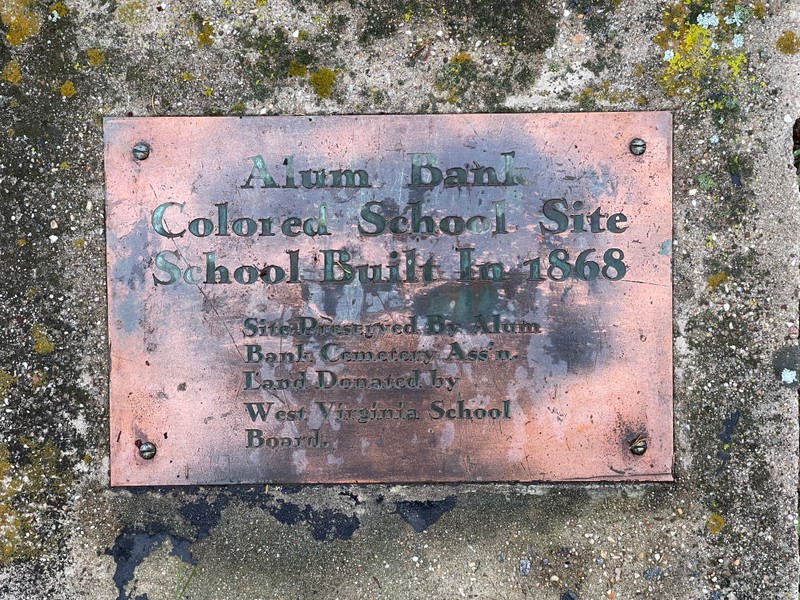
Current Alum-Bank Cemetery
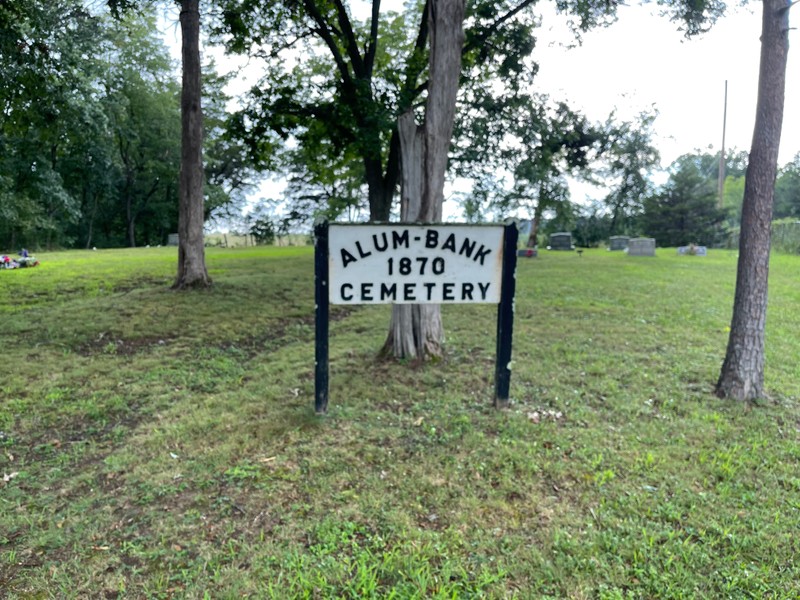
Current Alum-Bank Cemetery
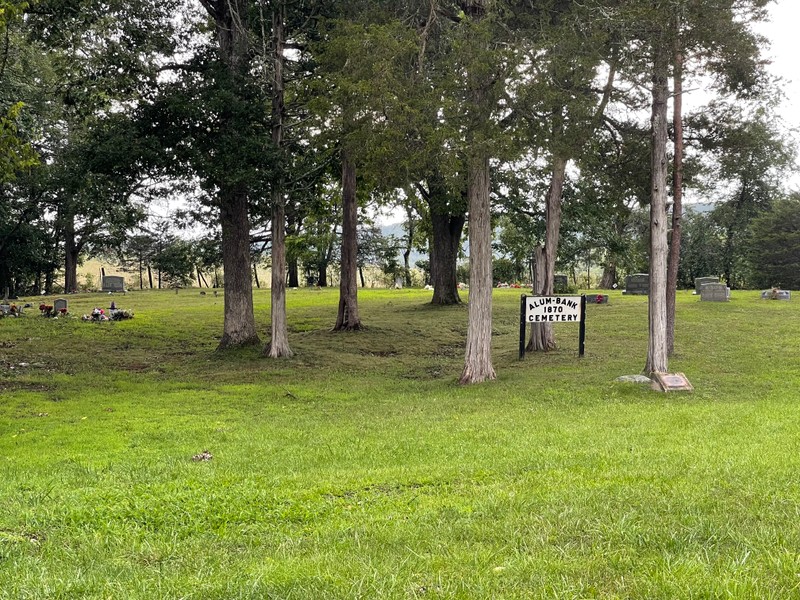
Alum Banks School Relocated off of Route 55
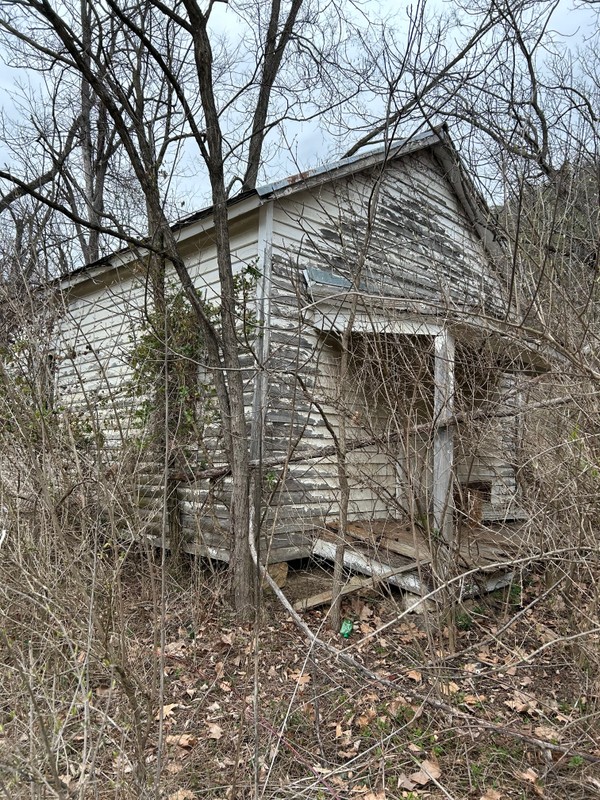
Alum Banks School Relocated off of Route 55
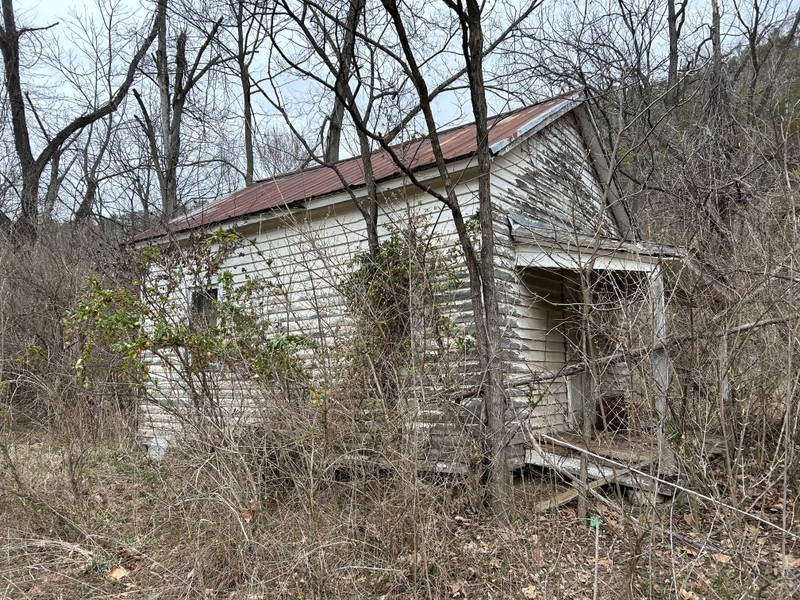
Backstory and Context
Text-to-speech Audio
Alum Bank School was one of the first of five African- American schools in Hardy County (Alum Bank, Fisher, Run, Sanders, and Wallace). The school opened in 1868 after a board meeting of Capon Valley District Board of Education elected to erect the new building for the purpose of educating African American children. There were four teachers of the Alum Bank School during its sixty years of operation; Sarah Bowman, Carrie Palmer, Frances Toyer, and Edith Johnson. Like many school teachers of the one-room school era, they held responsibilities beyond educating students. The teachers' responsibilities included not only making the fire to warm the school but providing fuel for the wood stove. Teachers were paid $160 for a four-month term and given an additional $40 per month for janitorial duties. This wage (belonging to the first teacher, Sarah Bowman) was actually higher than that of other teachers in the area. Enrolled students received a well-rounded education, studying reading, writing, and arithmetic.
Located in West Virginia, African-American education faced many obstacles. Although the newly formed state’s legislature proposed to educate African-Americans, they elected to leave the schools unfunded and under the stipulation that the schools remained segregated. West Virginia’s constitution underwent construction in 1972 producing a new ruling document but with the same rhetoric segregating schools stating “White and [colored] persons shall not be taught in the same school.” This section stood until 1994, although integrated school systems occurred much earlier in the state but not without opposition. This opposition was felt across the state. With protests being held in different schools, the most notable being in Montcalm (Mercer County) and Greenbrier county. At the end of the 1955-56 school year, only 5 West Virginian counties had not integrated: Berkeley, Grant, Hampshire, Hardy, and Jefferson.
African American Education was left unsupervised until 1919, when the state created the state supervisor of [African American] schools and appointed a [African American] Board of Education. Assistant Superintendents were added to counties having 50 or more Black teachers in 1933. Despite more representation, African American schools had a significant value decrease in buildings, salaries, and even length of school years. By 1960, despite the previously mentioned opposition, students and teachers had been integrated across the state of West Virginia. A plaque recognizing the importance of this location's history was placed on May 13th, 1962.
The year is unknown but the schoolhouse building was relocated on Route 55 in Wardensville and served as a meeting house and house of worship for the African American community for some time.
Sources
Bickley, Ancella R. "African-American Education." e-WV: The West Virginia Encyclopedia. 15
April 2021. Web. 02 May 2022.
“School Integration in West Virginia.” n.d. Archive.wvculture.org. Accessed April 27, 2022. https://archive.wvculture.org/history/africanamericans/schoolintegration.html
“THE CONSTITUTION of WEST VIRGINIA.” n.d. Accessed April 27, 2022.
https://www.wvlegislature.gov/Educational/Publications/Manual_PDF/13-WV_State_Constitution.pdf.
Elizabeth Wolfe Whitner. “Library Windows.” The Moorefield Examiner. 19 February 1997
Photograph Courtesy of Shefa Nola Benoit
Photograph Courtesy of Shefa Nola Benoit
Photograph Courtesy of Shefa Nola Benoit
Photograph Courtesy of Paula Orndorff
Photograph Courtesy of Paula Orndorff
